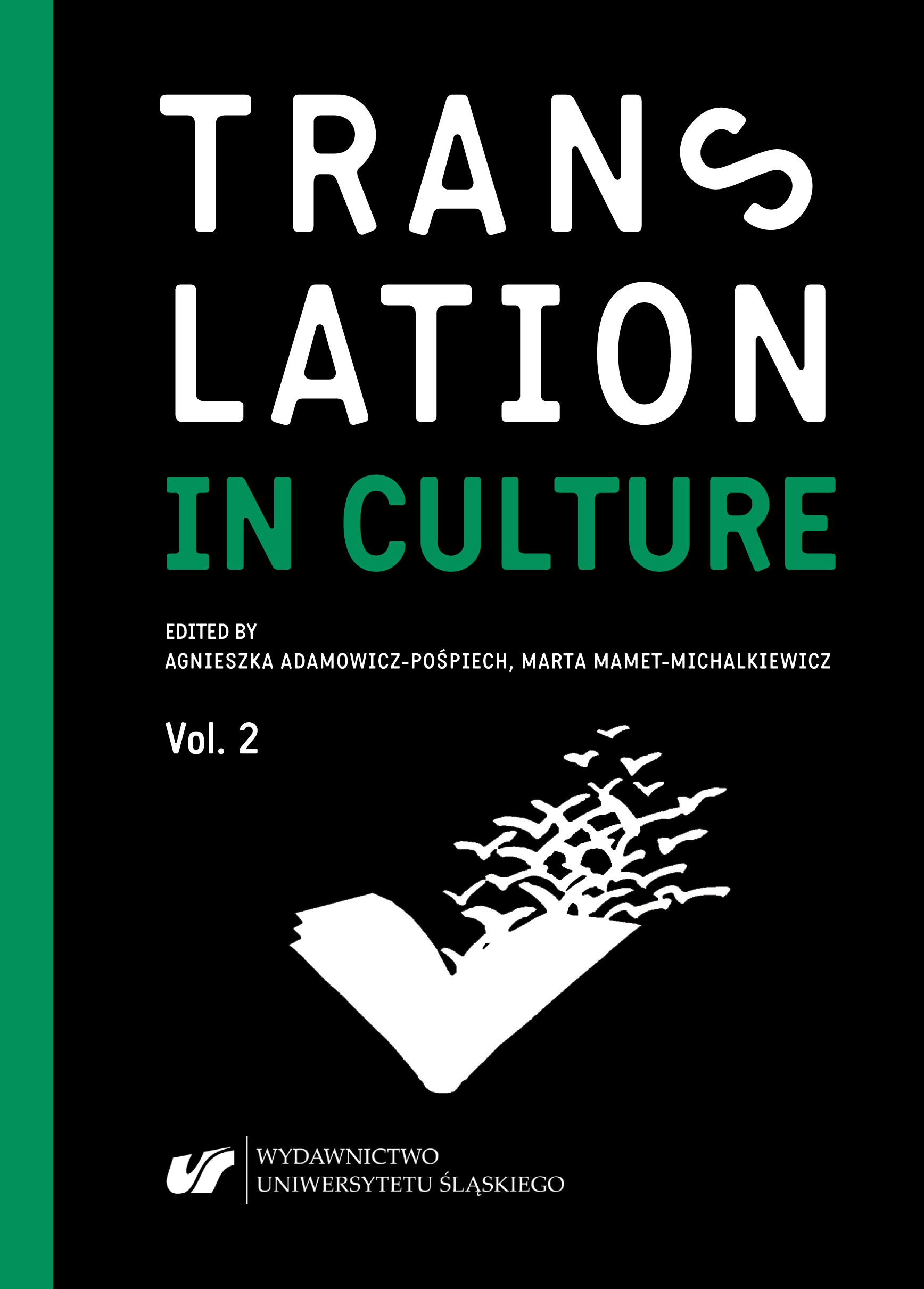Translation of Superhero Proper Names in Polish Translations of Marvel Comics in Years 1990–1998
Translation of Superhero Proper Names in Polish Translations of Marvel Comics in Years 1990–1998
Author(s): Jakub Wieczorek
Subject(s): Language and Literature Studies
Published by: Wydawnictwo Uniwersytetu Śląskiego
Keywords: comic books; Marvel; Spider-Man; X-Men;indirect translation;
Summary/Abstract: The comic book as a genre has encountered a significant increase in popularity over the last decade. Comic book-based stories about superheroes became a staple of modern entertainment, with movies inspired by the books being worldwide blockbusters. The market for comics is thriving – also in Poland, where there are more comic book publishing series than there ever was. This does not mean that there was no market for comics before; in fact, the history of publishing comics in Poland stretches to the times right after World War II. However, this article’s particular interest are the comics published by Marvel Comics, which were brought to Poland in 1990 for the first time. While comic books have been researched from a literary point of view, the linguistic research into the medium is still somewhat lacking. The translation studies aspect is particularly underrepresented, as it is difficult to locate a source that would consider problems a comic book translator could face. This may happen due to the comics being a peculiar medium – it avoids one distinct definition, while connecting the visual and the literary, but not being an audiovisual text. Therefore, this article is intended to be an introductory text into further research of translation in comic books. Perhaps one of the most intriguing lexical items regarding comics for a translator, in particular superhero genre, is the name of a central character taking part in it; be it a superhero, their sidekick, or a supervillain (which will be further on called “a superhero name” for the sake of convenience). Each of those types of characters takes on a codename, referring to their features – be it a costume, their abilities, or their position in society. The names they take are unique to them; therefore, they should be processed as proper names, since they are used as such. However, those names are, as indicated above, meaningful in a descriptive manner, pertaining to an important detail of the character and aimed to convey more meaningful information than the proper name’s usual function of distinction. Another aspect is the commercial value of a superhero name: being a face of not only their own comic books, but also various items of merchandise means that every change in the name could possibly affect the market surrounding the character. Therefore, it is a question of choice between creativity, in coining an entirely new, appealing nickname for a superhero, and fidelity, in transferring the name in its original shape to avoid misconceptions in all aforementioned derivatives – or, in optimal case, achieving fidelity through creativity, coining a name that will also be marketable. This article presents an analysis of the early years of Marvel Comics in Poland, namely the comics published by TM-SYSTEMGRUPPEN and TM-SEMIC (published between 1990 and 1998), in regards to how the proper names were treated in them. The approaches to translation are different based on the year of release: in early years more names tend to be translated, while the later years tend to introduce more characters and retain their original names while doing so. This change is affected by various factors, like the translation method, experience of the translator, or general availability and knowledge about the characters in the story that the target culture has gained over those years.
Book: Translation in Culture. (In)fidelity in Translation. Vol. 2
- Page Range: 119-142
- Page Count: 24
- Publication Year: 2019
- Language: English
- Content File-PDF

